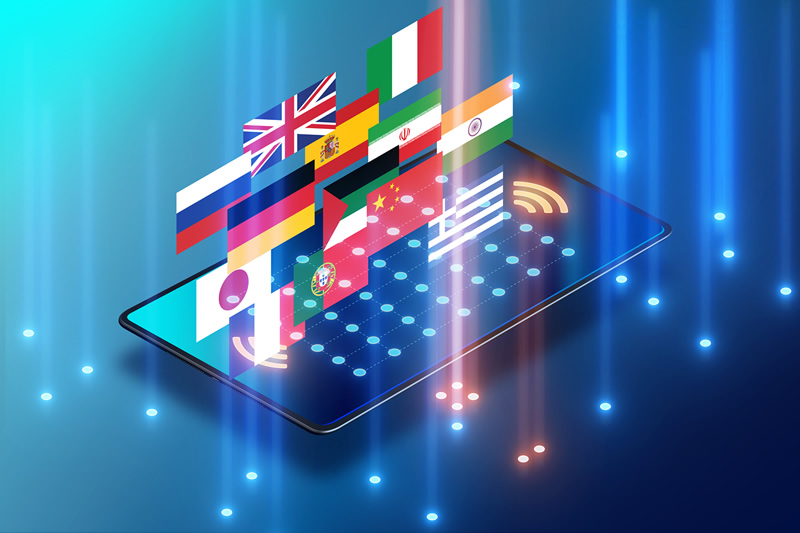The world is increasingly interconnected, and communication knows no bounds. The ability to bridge language barriers has become more crucial than ever. Large Learning Models (LLMs) have emerged as powerful tools in this endeavor, offering the promise of unlocking seamless multilingual communication on a scale previously unimaginable. This article delves into the complexities of LLMs, exploring their inner workings and their transformative impact on the translation landscape, while also emphasizing the importance of human linguists in the process.
The Rise of Large Learning Models
The advent of Large Learning Models represents a significant milestone in the field of natural language processing (NLP). These models, built upon deep learning architectures like transformers, are characterized by their vast size and capacity to process and understand large volumes of text data. Pioneered by research teams at organizations like OpenAI and Google, LLMs such as GPT (Generative Pre-trained Transformer) have demonstrated remarkable capabilities in tasks ranging from language translation to text generation.
Understanding Multilingualism in LLMs
At the heart of LLMs’ multilingual prowess lies their ability to learn representations of language that transcend linguistic boundaries. Unlike traditional machine translation systems that rely on pairs of parallel texts, LLMs are trained on vast corpora of multilingual data, enabling them to capture intricate patterns and nuances across languages. Through pre-training on diverse language datasets and fine-tuning on specific tasks, LLMs can effectively navigate the complexities of multilingual communication.
The Role of Human Linguists
While LLMs have revolutionized the field of multilingual communication, the importance of human linguists cannot be overstated. Human linguists bring a deep understanding of linguistic nuances, cultural context, and idiomatic expressions that may elude even the most advanced LLMs. Moreover, human linguists play a crucial role in curating and annotating training data, ensuring its quality and accuracy. By complementing the capabilities of LLMs with their expertise, human linguists enrich the translation process and contribute to the production of more accurate and culturally sensitive translations.
Breaking Down Language Barriers
One of the most compelling applications of LLMs lies in their capacity to facilitate seamless translation between languages. By leveraging their deep understanding of linguistic structures and semantics, LLMs can accurately translate text across a wide array of language pairs. This capability has profound implications for global communication, enabling individuals and organizations to transcend linguistic barriers and engage with diverse audiences on a global scale.
Challenges and Limitations
Despite their remarkable capabilities, LLMs are not without their challenges and limitations. One significant challenge lies in the unequal representation of languages within training data, which can result in disparities in performance across different language pairs. Moreover, the sheer computational resources required to train and fine-tune LLMs pose practical constraints, particularly for researchers and organizations with limited resources. Additionally, concerns have been raised regarding the potential biases embedded within LLMs, highlighting the need for ongoing research and development to address these issues.
The Future of Multilingual Communication
As LLMs continue to evolve and improve, the future of multilingual communication appears increasingly promising. Advances in model architectures, coupled with ongoing efforts to enhance the diversity and inclusivity of training data, hold the potential to further enhance the capabilities of LLMs in overcoming language barriers. Moreover, the democratization of LLMs through open-source frameworks and APIs is poised to empower individuals and communities around the world to harness the power of multilingual communication.
Summarizing
In a world characterized by linguistic diversity and interconnectedness, Large Learning Models have emerged as powerful tools for navigating the complexities of multilingual communication. By leveraging their vast capacity for language understanding, LLMs offer unprecedented opportunities to break down language barriers and foster global dialogue and collaboration.
While challenges remain, the transformative potential of LLMs in reshaping the translation landscape is undeniable. By integrating the expertise of human linguists into the translation process, we can ensure that LLMs produce translations that are not only accurate but also culturally sensitive and contextually appropriate, paving the way for a more inclusive and connected global community.


